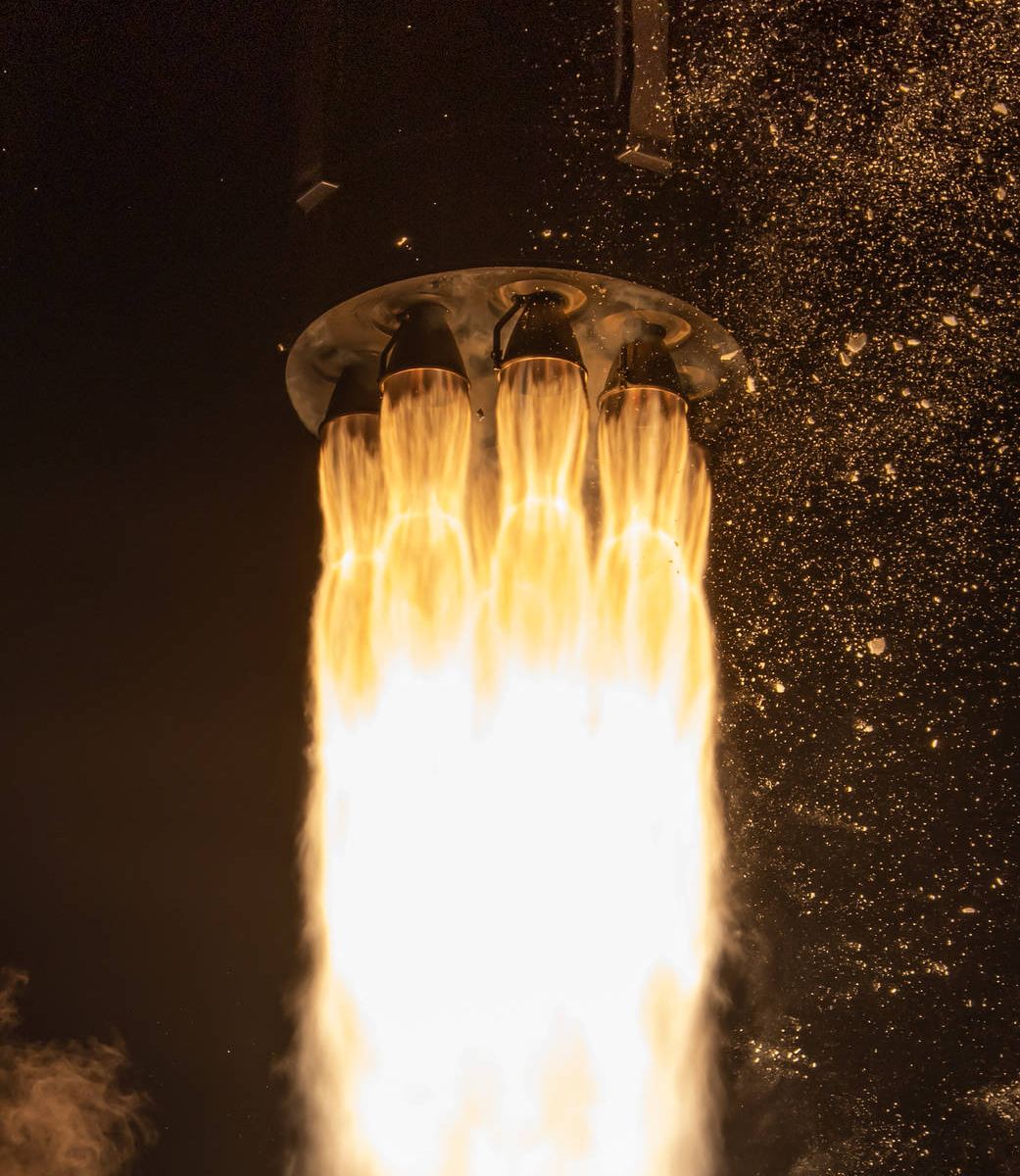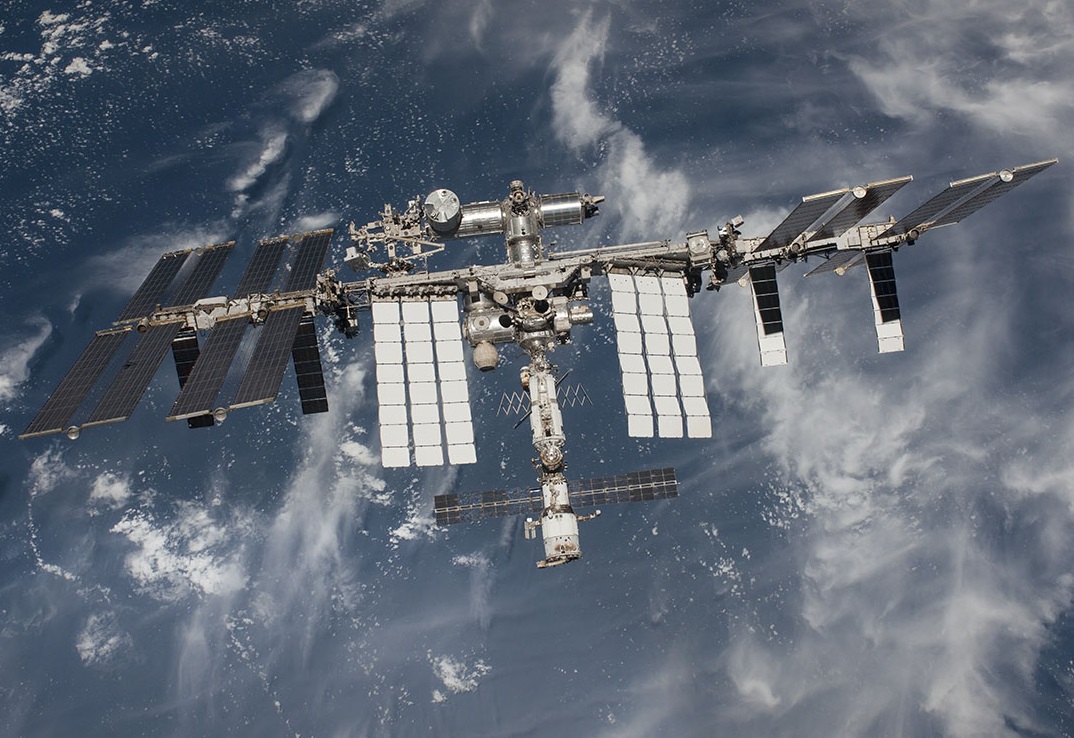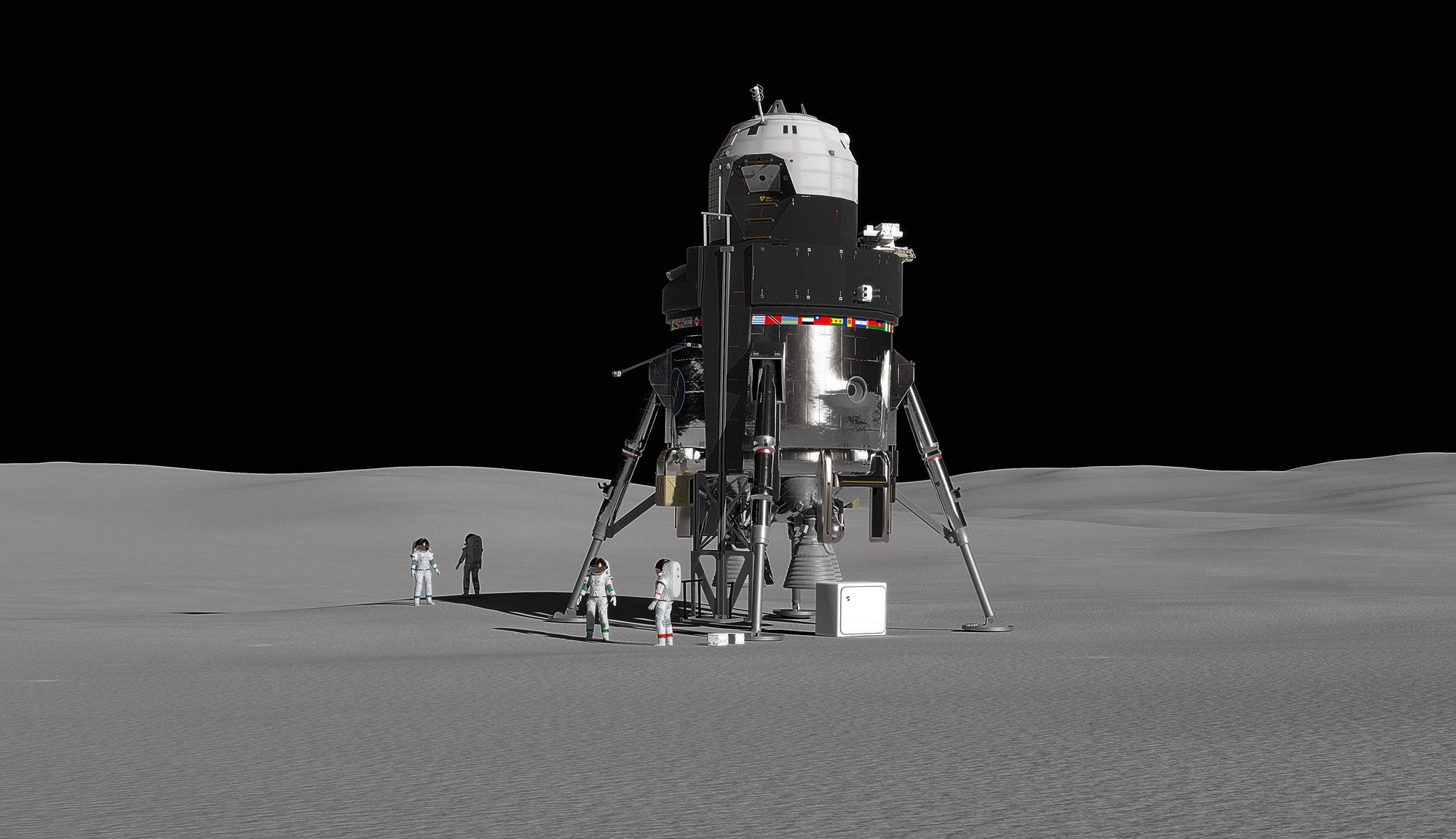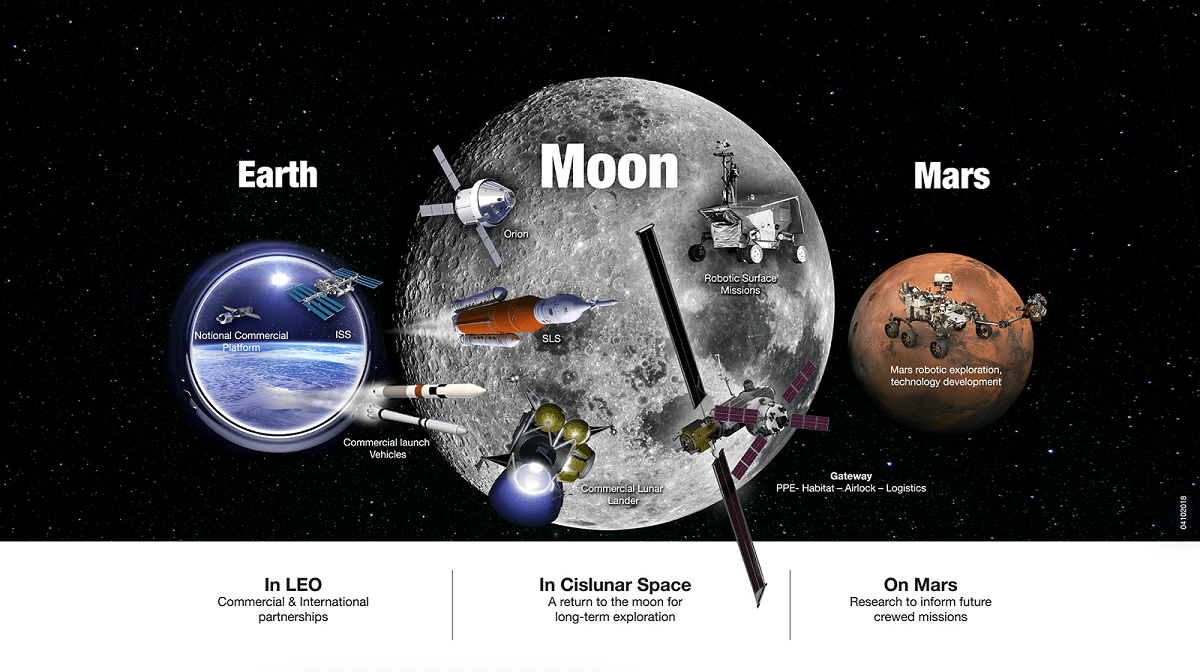A microwave oven–sized cubesat launched to space today from New Zealand by commercial company Rocket Lab and their Electron rocket. The small satellite will conduct tests to make sure the unique lunar orbit for NASA’s future Lunar Gateway is actually stable.
The Cislunar Autonomous Positioning System Technology Operations and Navigation Experiment, or CAPSTONE, mission launched at 5:55 a.m. EDT (09:55 UTC) on Tuesday June 28 from the Rocket Lab Launch Complex 1 on the Mahia Peninsula of New Zealand. The Electron has now flown 27 times with 24 successes and 3 failures.
Continue reading “Rocket Lab Launches NASA’s CAPSTONE Mission to the Moon”




